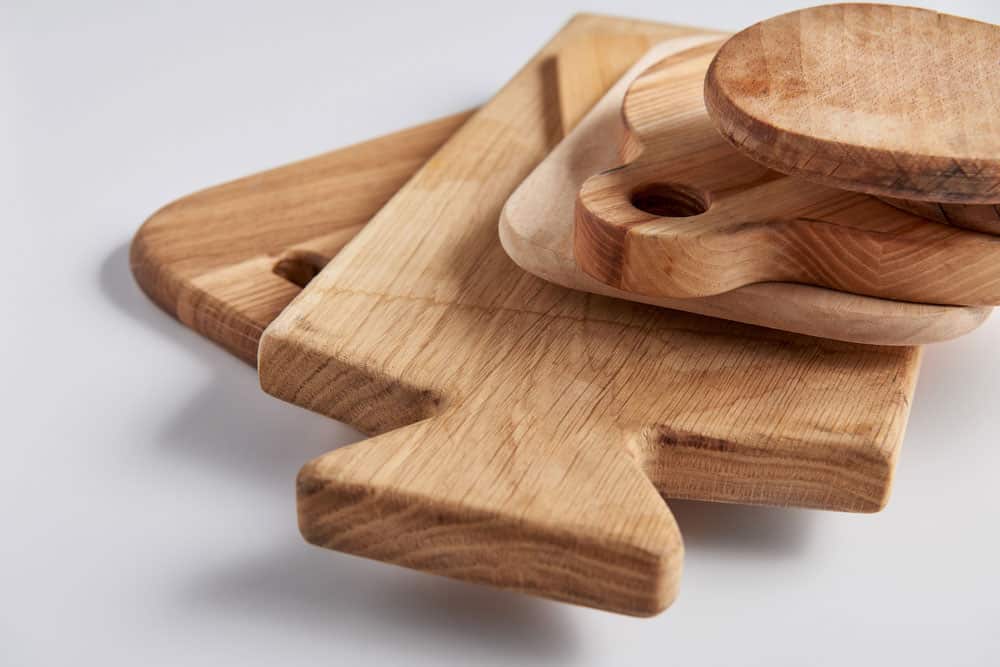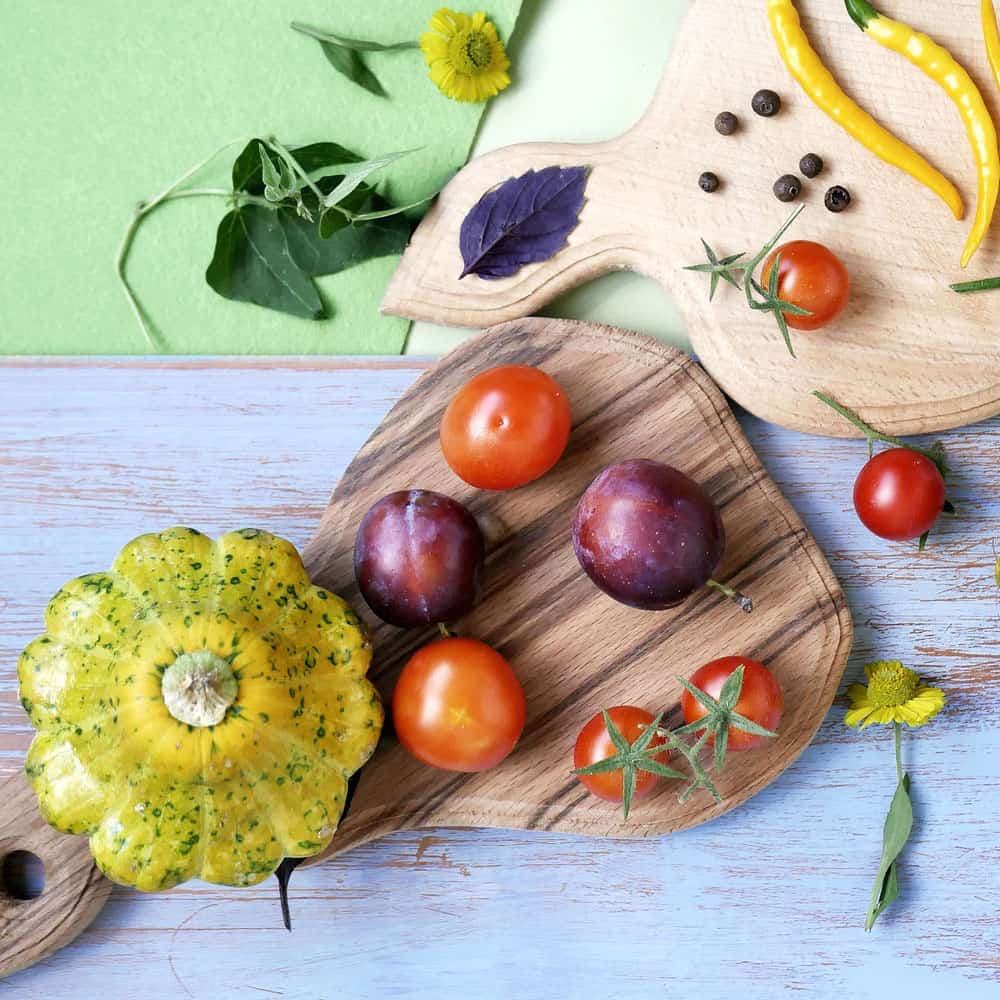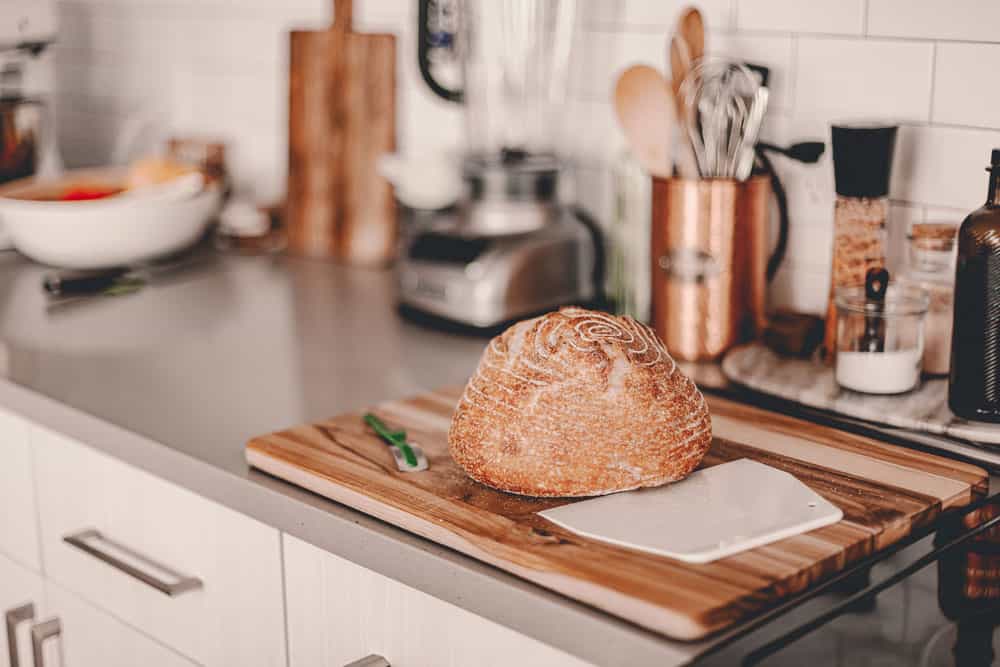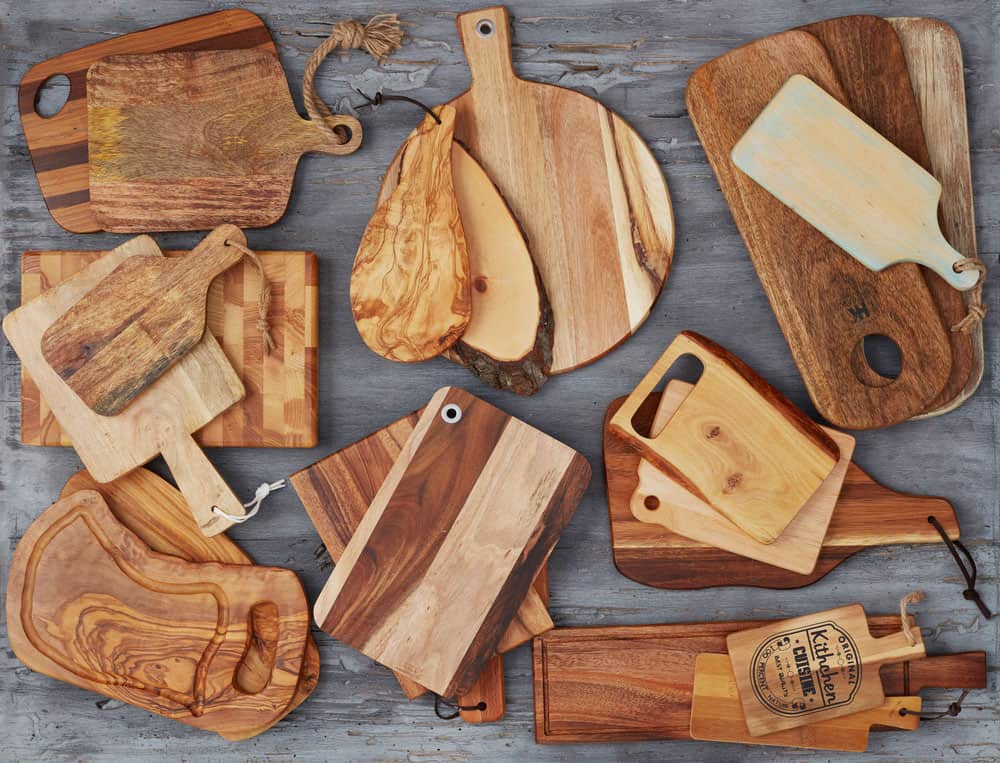What is the standard size of a wood cutting board is a common question that comes to mind when you buy this kitchen essential.
Cutting boards help you prepare your food easily, protect your countertops from messes and knife marks, and help your kitchen look beautiful and aesthetic.
But picking a size is hard! Out of all the many sizes you may see, picking the right one may be hard.
The cutting board must be big enough for your food-prepping needs but not too big that you don’t have space on your counters.
So, let’s look at the different sizes and which one is suited for you.
General Cutting Board Sizes
Beautiful cutting boards are seen in all types of shapes and sizes. When you shop around, it may be hard to buy the right cutting board and make sure it is not too big or too small.
The incorrect size of the cutting board can make preparing food hard and maintenance difficult.
If your board is too small, you cannot cut big food items or lots of ingredients.
If your board is too big, it will take up all your space on the counter, and you cannot move it around easily, clean it, or be comfortable.

(a stack of different cutting boards)
Standard Cutting Board Sizes
A standard cutting board is usually 12 inches wide and 18 inches in length.
This may differ in other stores, but it is more or less this measurement.
It is near perfect for all your cutting needs and also good enough to fit on your countertop with ease.
Other people like to use a cutting board 10 inches by 14 inches, smaller than the standard size, but works for those who don’t cook that much.
Others like to use one that is 15 inches by 20 inches for those who deal with large food preps.
Typical Cutting Board Thickness
As you know, wood is very thick. Compared to its counterparts, like plastic cutting boards, wood is thicker than all the other materials in the market.
This is an advantage because a thicker cutting board can handle anything you want to do on it.
If you want to cut a big piece of raw meat or large cooking ingredients, thicker cutting boards are your go-to.
It can handle the pressure of the knife without moving and without the knife breaking or hurting your counter.
If you don’t like the look of a thicker wooden cutting board, there are also thinner versions available.
However, you must remember that the thinner ones cannot handle heavy work, so be careful of what you use them for! Usually, the thinner ones are used for decoration or to present food.
Small Cutting Board Vs. Big Cutting Board
Let’s examine the key differences and the pros and cons of a small and big cutting board.
Small cutting board:
A small cutting board is the best for small kitchens because it is easy to clean and convenient.
The small cutting board is good for preparing small, delicate food and perfect for single dishes such as fruits and vegetables.
The usual measurements for smaller cutting boards range from 4 inches by 6 inches to the biggest being 10 inches by 8 inches.
Some people would love a small cutting board because it is perfect for a smaller kitchen; you can clean it easily and move it around, and it is good for cutting small items.
It can also be used as a plate to serve food.
But it does come with cons, too! It is too small to work with many ingredients, and you cannot cut thick food items. It may also be unstable.

(small cutting board)
Large cutting board
A large cutting board is good for big kitchens and commercial settings. It can cut raw meat, chicken, and other bigger items.
You should also consider a big cutting board if you cook all the time, have a big family and need large amounts of food prep at a time.
The dimensions for a large cutting board are from 7 inches by 23 inches right up to 20 inches by 20 inches.
This is a very big board and can be impractical for people with smaller kitchens.
The pros of a large cutting board are that it has a big area to work with, and you can cut big foodstuff. It is secure on the counter and will not move.
The disadvantages are that it will take too much space, can be hard to clean when the food gets into the cracks, and you cannot move it around.
It also makes your kitchen look too full if you have a small kitchen. You may also have a problem finding a place to keep it.

(large cutting board)
How to Choose the Best Cutting Board Size
Choosing the best cutting board size may not seem important, but it is vital.
This determines how you prepare food and your overall cooking experience.
Here are some things to think about when choosing the best cutting board size:
- Starting size of the cutting board
- What kind of material or wood do you want
- How much cooking you do
- How much counter space do you have to spare
- What shape do you want it to be

(all sizes of cutting boards)
Conclusion
Now that you know the ins and outs of small and big cutting boards, you will see which one you need.
Experts usually advise you to get something in the middle mark so you have a good size to work with both big items and smaller items.
